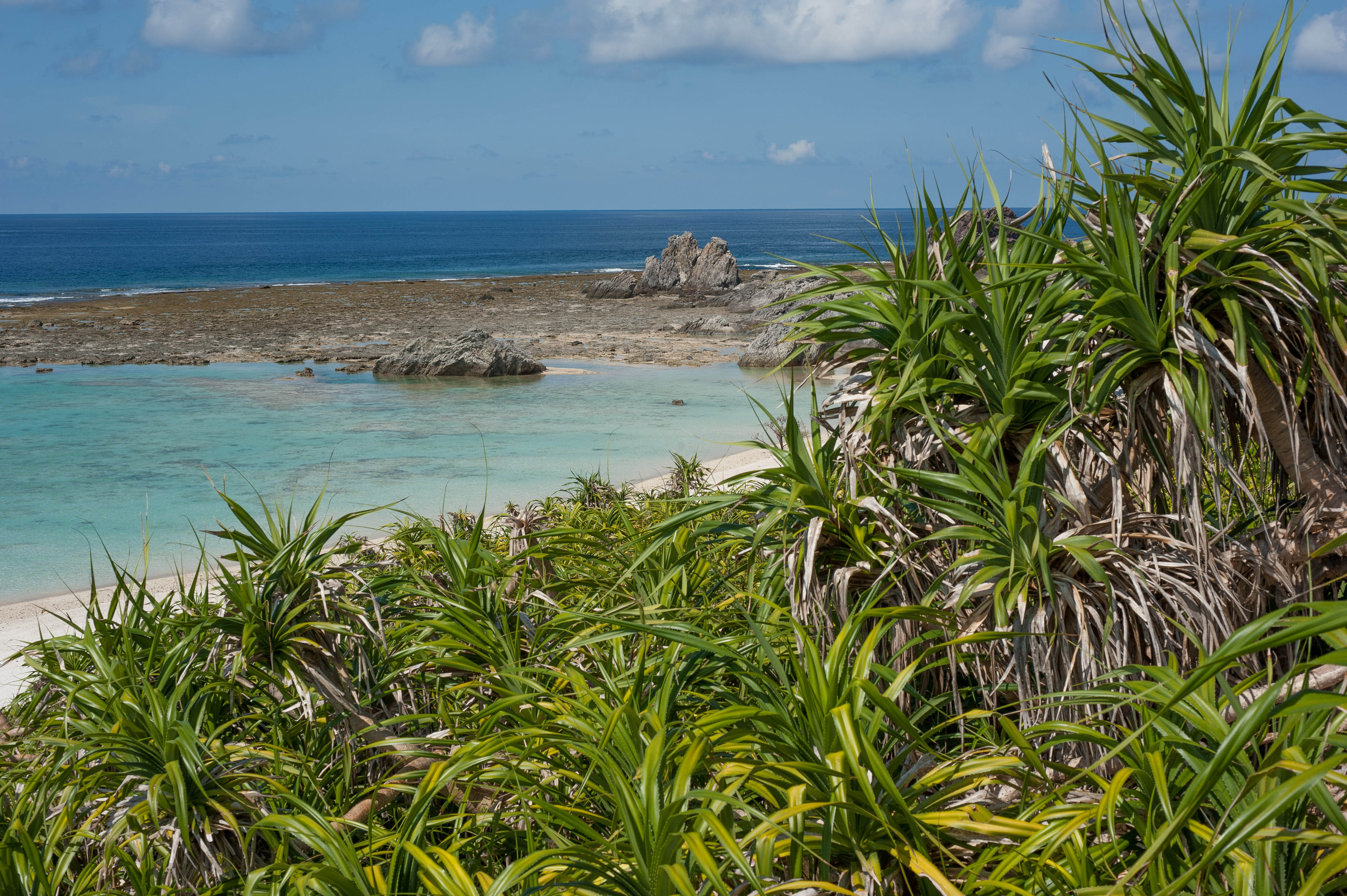Beside their coastlines, there are other insistent geographical features that identify islands. In Okinawa, there is the great escarpment of Tindahanata on Yonaguni-jima Island, while Ishigaki Island has the strangely occult form of Mount Maapee, shaped like a sorcerer's hat.
Iejima Island is defined by a weirdly splendid peak, best seen from the coastal roads of mainland Okinawa's Motobu Peninsula. This is Gusuku-yama, or Mount Gusuku, a 172-meter peak at the epicenter of the island. In the Okinawan language, "gusuku" denotes "fortress." In local dialect, the mountain is rendered as Ijimatatcchu, the name retaining the island's martial associations.
Little trace remains of the dreadful four-day battle that took place on the island after the 77th Infantry Division landed on April 6, 1945. An estimated 4,706 Japanese died in the ensuing conflict. The principal mortalities were among the civilian population, many of whom had been dragooned into serving Japanese soldiers as nurses or laborers. Two hundred and fifty-eight American soldiers were lost in the fighting, and a good deal more wounded.



